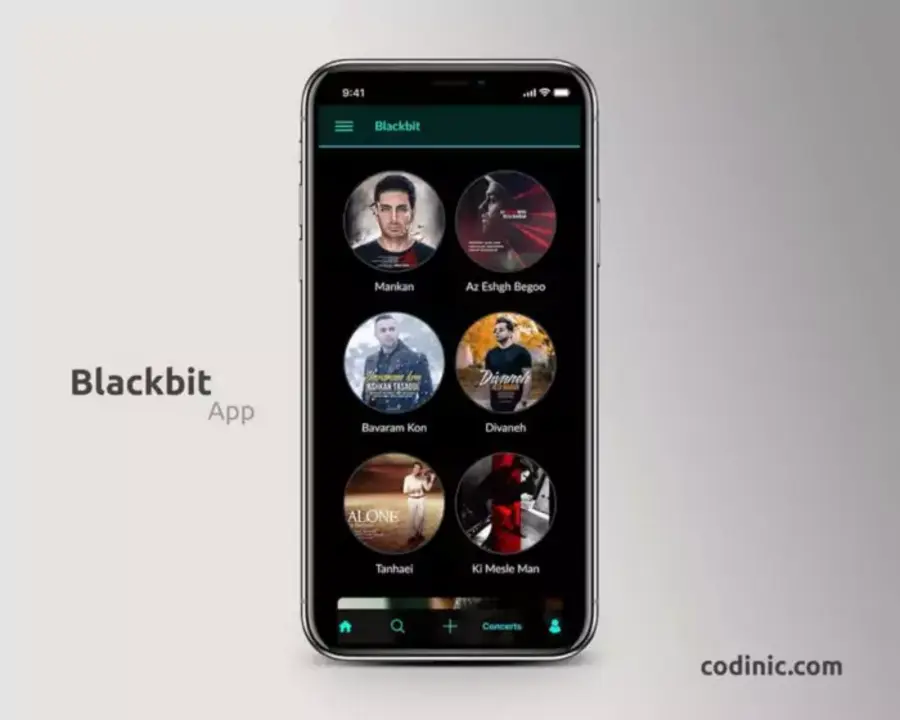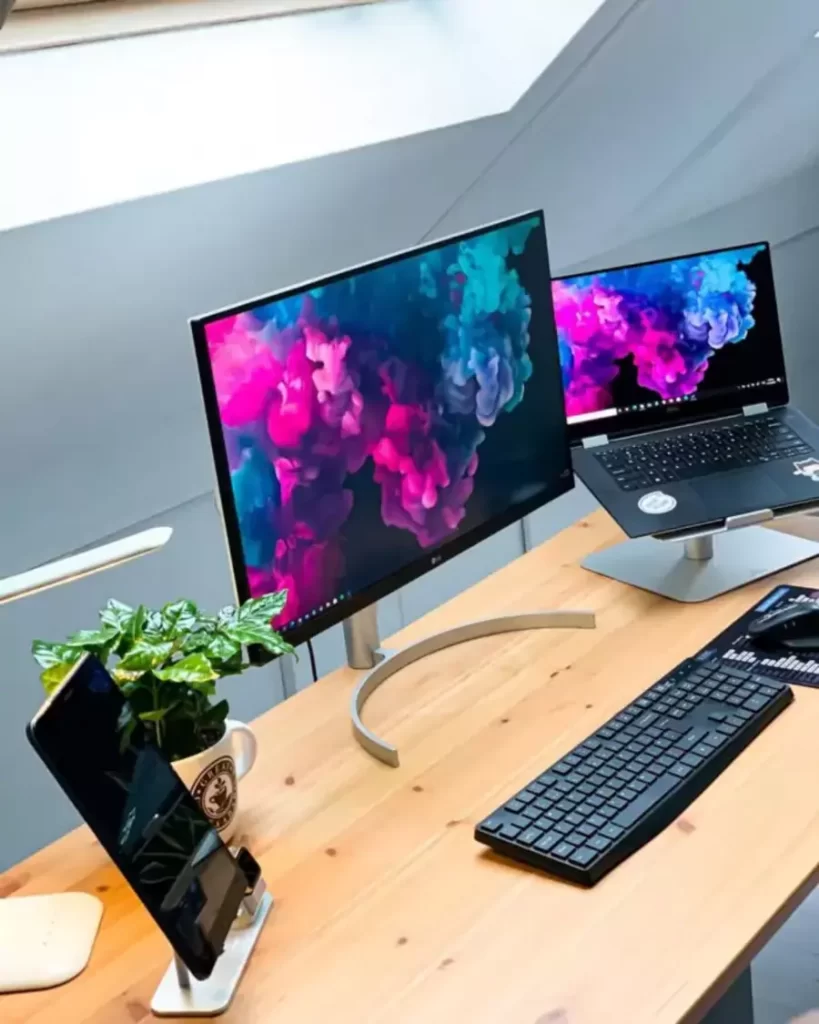Transition from MVP to a Comprehensive Product
Transition from MVP to a Comprehensive Product is the next step after the development process is complete. This process aims to build on the key achievements of the MVP to create a product that more comprehensively meets user needs.

Steps of the Post-MVP Transition Process
Evaluating MVP Results
- Data Analytics: Analyze user feedback and analytical data collected during MVP in detail. Identify the most common problems and the features that users request the most.
- Review Success Metrics: Evaluate whether the goals set for the MVP have been achieved. Create new strategies to improve areas of failure.
Clarifying the Product Vision
- Long Term Goals:
- Determine where you want the product to reach in the future.
- Expanding the Target Audience:
- Redefine the target audience based on data from the MVP’s existing user base.
- Develop strategies for new markets or demographics.
Planning Advanced Features
- Feature Prioritization:
- Prioritize the features that users need or want the most.
- Product Roadmap:
- Create a detailed roadmap for all features planned for development.
- Utilize project management methodologies such as Agile or Scrum in this process.
Improvement of Technical Infrastructure
- Transition from MVP to a Permanent Product:
- Re-evaluate the workarounds used during the MVP phase and transition to long-term infrastructure.
- Performance Optimization:
- Make technical enhancements to improve the speed, reliability and scalability of the product.
Expanding Test Processes
- Extensive User Testing:
- Test each new feature of the product with different user groups.
- Stress and Performance Tests:
- Check if the product can withstand large user loads.
- Real World Scenarios:
- Perform tests on different devices, operating systems and network conditions.
Marketing and Launch Strategies
- Educating the Target Audience:
- Inform users about new features and product enhancements.
- Create training materials, promotional videos and guides.
- Digital Marketing:
- Reach a wide audience with digital tools such as social media, email marketing and search engine optimization (SEO).
- Community Building:
- Organize online communities and events to build engagement among users.
Advantages of a Comprehensive Product
- More Comprehensive User Experience:
- Better meets the needs of users with added features.
- Gaining a Stronger Position in the Market:
- An improved product increases competitive advantage and appeals to a wider audience.
- Long Term Revenue Streams:
- Adding more features offers the possibility to extend the pricing model of the product.
- Brand Trust:
- A better product increases users’ trust in the brand and builds customer loyalty.
Challenges in the Comprehensive Product Development Process
- Resource Management:
- More features and scope require more resources. It is critical to manage these resources effectively.
- Managing User Expectations:
- Balancing the different and sometimes conflicting demands of users can be challenging.
- Technical Complexities:
- It may take time to harmonize new features with the existing system.
- Changes in Market Conditions:
- Increased competition or rapidly changing user needs require strategic adaptation.
Tips for Transitioning from MVP to a Successful Product
- Continuously Incorporate User Feedback:
- Keep all kinds of data from users at the center of your product development process.
- Be Flexible:
- Adapt your plans according to market conditions and user needs.
- Strengthen Communication within the Team:
- Ensure effective communication and collaboration between different teams.
- Test Regularly:
- Include testing at every stage of the product development process.
- Invest in the Future:
- Continuously improve your product by following technological innovations and user trends.
- Continuously Incorporate User Feedback:
Transitioning from an MVP to a successful product requires careful planning and a user-centered approach. Every decision made in this process directly affects the success of the product in the market. The right steps can transform a simple MVP into a powerful and sustainable product.


